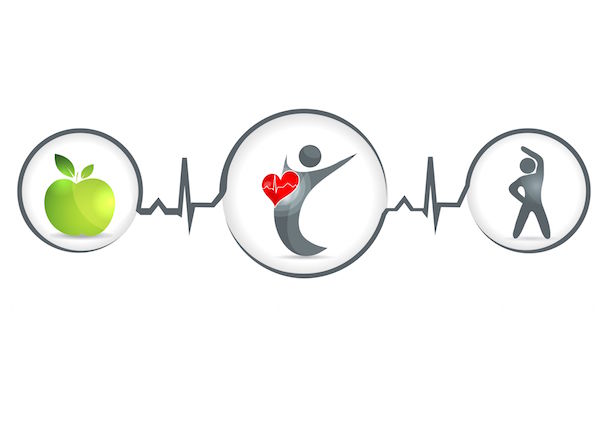
FRIDAY, Sept. 11, 2015 (HealthDay News) — Doctors should control high blood pressure much more aggressively than current guidelines suggest, to best reduce the risk of heart attack and stroke in people 50 or older.
That’s the message behind the potentially game-changing results of a U.S. National Institutes of Health study released Friday.
The findings were so striking that federal health officials ended the study more than a year early so they could share the “potentially lifesaving information” with the public.
Researchers found that a target systolic pressure of 120 reduced rates of heart attack, heart failure and stroke by almost a third, compared with the currently recommended target pressure of 140 for people under age 60 and 150 for seniors.
A blood pressure target of 120 also reduced the risk of death by about one-quarter, the researchers found.
Systolic pressure is the top of the two blood pressure numbers and indicates the pressure being placed on blood vessels when the heart beats.
“Our results provide important evidence that treating blood pressure to a lower goal in older or high-risk patients can be beneficial and yield better health results overall,” said Dr. Lawrence Fine, chief of the Clinical Applications and Prevention Branch at the U.S. National Heart, Lung, and Blood Institute. “But patients should talk to their doctor to determine whether this lower goal is best for their individual care.”
A systolic pressure of 120, maintained under a more intensive blood pressure drug treatment regimen, could ultimately help save lives among adults aged 50 and older who have a combination of high blood pressure and at least one additional risk factor for heart disease, the researchers said.
Dr. Gregg Fonarow, a spokesman for the American Heart Association, said that “these are spectacular findings that will set us on a path to markedly reduce the risk of heart attacks, heart failure and stroke.”
“The application of these findings into routine clinical practice has the potential to prevent hundreds of thousands of cardiovascular and stroke events each year,” said Fonarow, who is a professor of cardiology at the University of California, Los Angeles.
High blood pressure is a leading risk factor for heart disease, stroke, kidney failure and other health problems, according to the U.S. National Institutes of Health. An estimated one in three people in the United States has high blood pressure.
The landmark clinical trial, known as SPRINT, included more than 9,300 participants aged 50 and older, recruited from about 100 medical centers and clinical practices throughout the United States and Puerto Rico.
When SPRINT was first designed, well-established clinical guidelines recommended a systolic blood pressure of less than 140 for healthy adults and 130 for adults with kidney disease or diabetes.
Researchers created the SPRINT clinical trial to see if pushing blood pressure even lower would improve people’s health.
Doctors have long debated the merits of controlling blood pressure more tightly than recommended, Fonarow said.
“Many physicians, and even those serving on certain guideline writing groups, were highly skeptical that lowering systolic blood pressure to this 120 level would offer additional benefits, be safe, and be well tolerated,” he said.
The SPRINT researchers randomly divided the study participants into two groups, one whose blood pressure was controlled to the current guidelines and another whose blood pressure was kept at less than 120.
Between 2010 and 2013, the standard group took an average of two different blood pressure medications to meet the recommended goal, while the intensive treatment group received an average of three medications to bring their blood pressure farther down.
The NIH expected to wrap up the study in 2017, but ended it early when officials concluded the results were too important to wait. A paper with the data will be published within a few months.
“We are delighted to have achieved this important milestone in the study in advance of the expected closure date for the SPRINT trial and look forward to quickly communicating the results to help inform patient care and the future development of evidence-based clinical guidelines,” said NHLBI Director Dr. Gary Gibbons, whose agency served as the primary sponsor of the study.
The study is also examining kidney disease, cognitive (brain) function, and dementia among the patients, but those results are still under analysis and are not yet available.
Dr. David Katz, director of Yale University’s Prevention Research Center, said the “association between elevated blood pressure and the risk of heart attack and stroke has long been clear and compelling. Knowing how good is ‘good enough’ when treatment is initiated is crucial information. The mortality benefit seen in SPRINT with blood pressure reduction past the threshold of ‘normal,’ and down to a level considered optimal, is very impressive and warrants a decisive change in the standard of practice.”
More information
To learn more about the SPRINT trial, visit the U.S. National Heart, Lung, and Blood Institute.
Copyright © 2025 HealthDay. All rights reserved.

